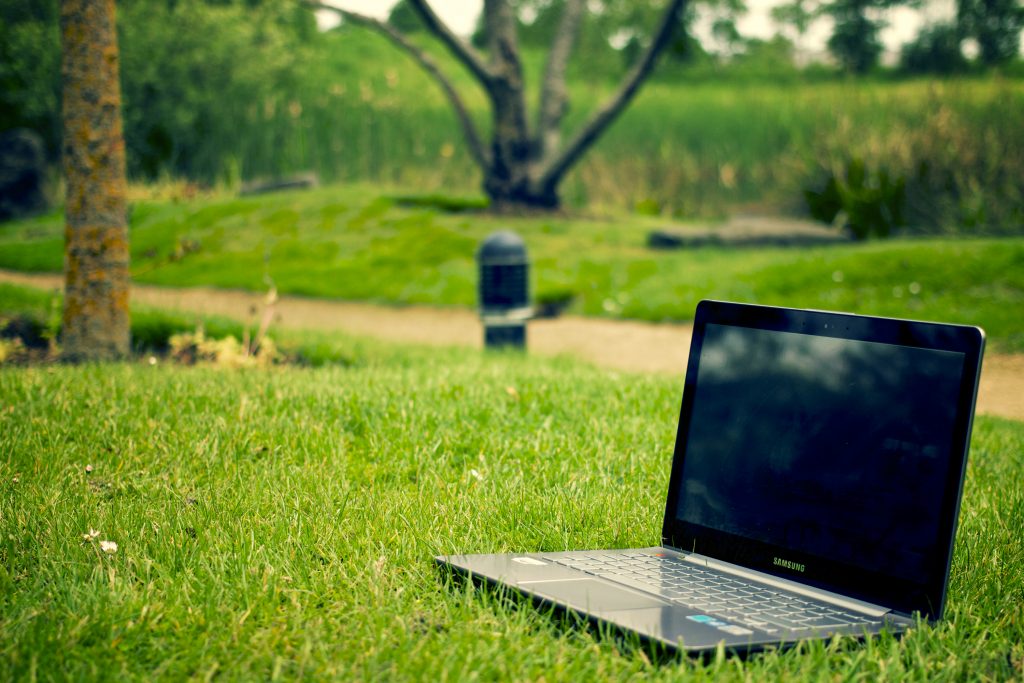Yes, being Eco is trendy but indeed, there is a bigger cause behind it – protecting and saving the environment. Below, there are some suggestions on how a teacher may get involved and promote positive behaviours and habits. Every single step makes a difference. Everybody needs to be aware and responsible. So – continue the trend and lead by example!
You
- Use a thermal mug or a multi-use water bottle for your drinks to reduce waste.
- Plan your meals for a few days ahead. You reduce food waste (easier to use all ingredients) and don’t spend extra money on lunches packed in disposable packaging. Freeze if necessary.
- Use a lunch box and non-disposable cutlery, yes, that from your kitchen drawer, not plastic.
- Avoid plastic bags – I am sure you have many nice durable fabric or jute bags at home.
- Switch off the lights when leaving a room and turn off computers when going home.
- Sort rubbish.
- Utilise all containers that you usually bin, such as shoe boxes, jars, envelopes (just remove your address), cosmetics or food containers. Use them for storing pencils, dice, glue sticks, scissors, cards or any other teaching equipment or stationery.
- Subscribe magazines online (it may be cheaper too!) and try an e-book reader.
- Use refillable dry erase
- Use public transport or cycle to work (can once a week be a good start?).
Your teaching
- Ask students to start their own notebooks. Having notebooks teaches additional skills, such as handwriting, note-taking, and taking responsibility for own learning.
- When planning, design your handout well:
- start with changing/narrowing margins (Page layout – Margins),
- for clarity, highlight the headings,
- make sure that spaces between tasks and font sizes are just right,
- resize images,
- check if the text fits the (last) page and that the single last line is not moved to the next page or that the last page is not left blank.
- Before printing, consider if the task really needs to be printed or if one handout will be enough for 2 – 3 students? Can you possibly use alternatives such as an online tool or a notebook? Can you send handouts electronically?
- Print as A5 size, but before, make sure the font is a bit bigger. You save 50% of space that way!
- Print double-sided. If single-sided, encourage your students to use free space for notes.
- Make only as many copies as you need.
- If you cannot store unused copies:
- share them with your colleagues, who may use the handouts as differentiation activities, or
- staple them to make notebooks or use them as scrap paper.
- Introduce various online tools such as learning platforms, Google docs, Microsoft suite (licence needed), email, online quizzes, mobile applications or social media sites (remember about safeguarding) for practice, discussions, assessment and tasks submission. This way, your students also develop their IT skills.
- Store data online. Make sure you follow all procedures and store it safely.
Your school
- Request energy efficient light bulbs for your classrooms.
- Suggest ordering recycled stationery for your department, eg. notebooks or post-it notes.
- If possible, use eco-friendly stationery, such as glue or crayons.
- To purify the air in your classroom, add plants.
- Check if fresh food in the canteen can be sourced from local farmers.
Your students
- Raise awareness and teach students about how to protect the environment. Leady by example.
- Organise classroom displays, art competitions, field trips, pre-loved sales events, talks or gardening projects (even with small pots!).
- Use available online tools, such as carbon footprint or energy measuring calculators to embed environmentally-related matters.
- Encourage recycling and waste sorting, also outside the classroom.
Have you got any more interesting ideas? Please share them below, thanks.







Add Comment